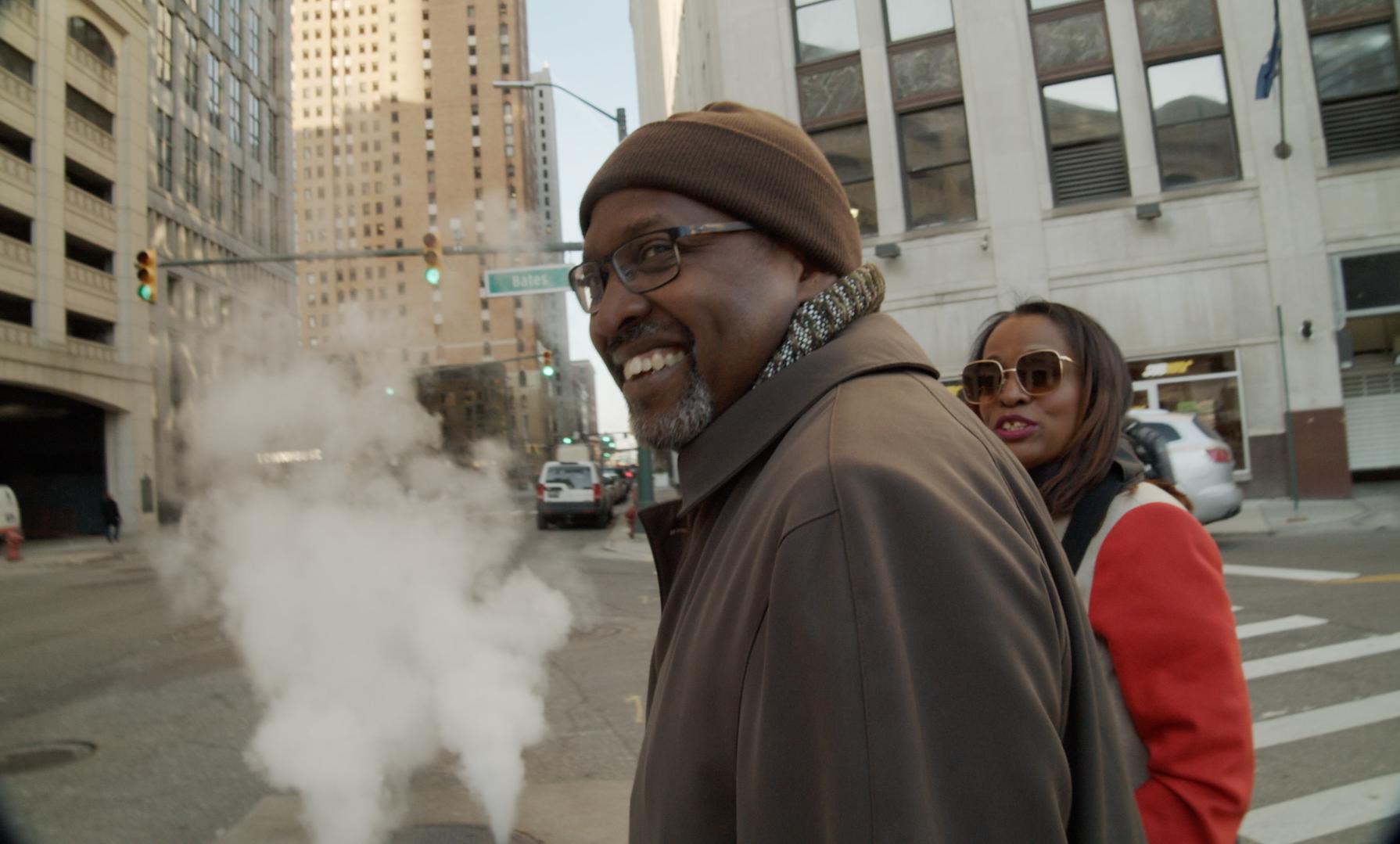McClendon is a humble man who dreams and acts audaciously.
A Detroit native, McClendon is a pastor of Berean Chapel and the Michigan Regional Representative for IIRP. He was formerly an executive assistant to Coleman A. Young, Sr., Detroit’s controversial, first, black mayor.
McClendon also served as the Southeast Michigan area director for Prison Fellowship Ministries, director of youth development for New Detroit Inc., program officer for the Skillman Foundation, and former U.S. Army Reserve Officer. He is also a husband and father.
“To me, ‘restorative’ means bringing something back to its original intent,” McClendon said. “It means helping family be a real family, helping communities resolve problems, repairing harm, and strengthening relationships.”
McClendon heard about IIRP in 2008 and urged the organization to visit Detroit after the shooting of a public school student. Since then, he has succeeded using trainings to pollinate restorative practices in Detroit’s public schools, police departments, social services, health agencies, and even in the court system. His ultimate goal is to transform Detroit, once known for its crime, violence, and poverty, to America’s first “Restorative City.”
“A ‘Restorative Detroit’ looks like people valuing others regardless of race, age, or economic status,” McClendon said as I interviewed him in the food court of a local mall. “Young people respect senior citizens. Older adults value children as treasures instead of trouble. People looking out for each other.”
Meeting Mrs. Washington
When you ask McClendon how and why he came to restorative practices, he will likely tell you three stories.
The first is about a sheriff who bragged during a restorative justice conference that the practices were so ingrained in the local culture that they were renting jail space to nearby counties. The second story is about how a restorative justice conference helped to reconcile his father’s relationship with two youths he previously mentored who attempted to rob and kill him. The third story is about Mrs. Washington.
McClendon met Washington in 1999 while working for a Detroit prison ministry and attending a restorative justice conference in Virginia.
At the conference, Mrs. Washington told her story of forgiving the man who murdered her daughter, the grief of which led to the subsequent suicides of her son and husband within six years. Her forgiveness was so complete that allowed the man who murdered her daughter to live with her upon his release.
“If restorative practices can create an environment in which a mother can ‘adopt’ the man who murdered her son, I want to know how to do that,” McClendon said. “After hearing her story, I committed to God to learn more about restorative practices. I will complete the work when the sheriff of Wayne County can call neighboring counties and ask if they need jail space.”
After spending time with McClendon, I realized restorative practices weren’t just about healing our relationship to institutions and the people who harmed us. Restorative practices are also about healing the fractured relationship among ourselves and each other. We must come from a restorative place within ourselves before that healing can take place in the world.
“People live in quiet desperation,” McClendon said. “They are in a room full of people and still feel alone. That desperation sometimes ends in gunfire. How do we turn (inner and outer) conflict into something healthy?”
Leading by Example
McClendon leads by example.
One of our first in-person conversations was about the legacy of state-sanctioned violence against Black people, which stemmed, in part, from the practice of Detroit civic leaders in the 1940s and 50s recruiting policemen from the segregated south to control and tyrannize the city’s Black residents.
While McClendon understood the history and can probably cite numerous instances of over-policing in Black and brown communities, he used restorative practices to help heal this broken relationship that, if left unchecked, could cost black lives.
We had this conversation while driving to a Community-Police Summit in which the public learned more about the real dangers police officers face while in the line of duty and officers learned how their tone, words, and actions sometimes contribute to a climate of mistrust and fear in the community. McClendon listened quietly as residents and officers, guided by restorative questions, shared their stories and let the restorative process do its work.
“People use ‘restorative’ terminology, tactics, and strategies,” McClendon explained. “It’s not an event. It’s a culture. It becomes part of what people do in terms of how we engage in work, respond to citizens, and parenting. It is intentional.”
I witnessed the ripple effects of restorative practices as McClendon shepherded me to charter schools, the Third Circuit Court, the University of Michigan-Dearborn, and social sector organizations to meet ordinary people who were taking the extraordinary step of changing the culture of their communities without government guidance or intervention. We were welcomed everywhere we went in Detroit because of McClendon’s integrity, compassion, and commitment to restorative practices.
Ultimately, McClendon will achieve his vision of Detroit as a “Restorative City.” He will succeed because he comes to restorative practices as a whole person and lights the path for us to do the same.
